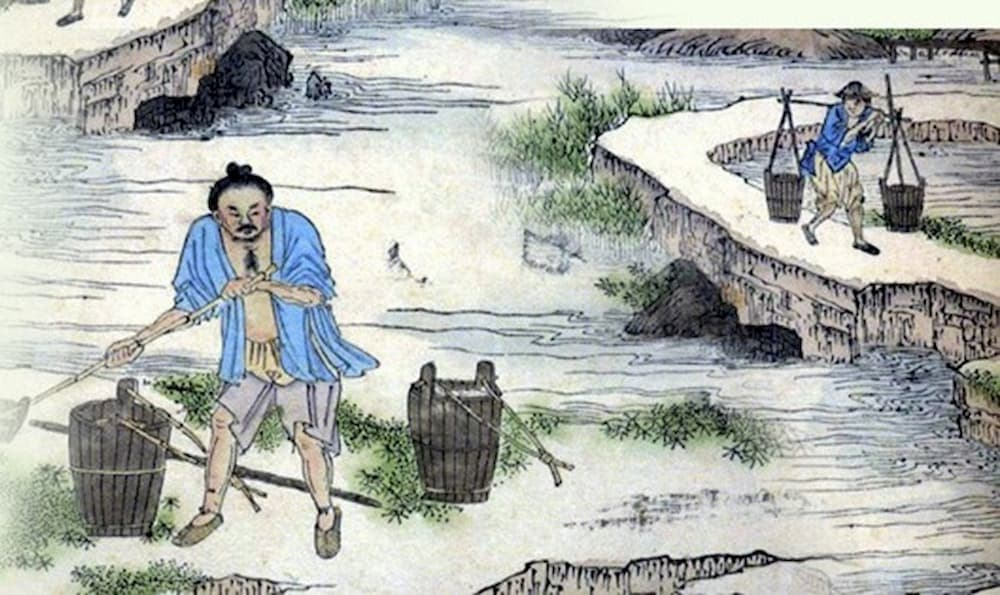
Agriculture in Ancient China
Splendid
Chi Culture
Topic
Agriculture in Ancient China
According to Chinese legends, farming was invented by Shennong (Divine Husbandman), also known as Emperor Yan. Before him, China was a society of hunters and gatherers. In Shennong’s time, due to the increasing population and the subsequent decrease in alimentary resources, hunting and gathering were no longer sufficient to satisfy dietary needs. Shennong invented farming tools such as shovels and rakes and taught people to broadcast seeds of various cereals, thus inventing farming. As his inventions freed people from nature’s dictates, he was revered as a common ancestor of all the Chinese tribes. Even now, the Chinese consider themselves the descendants of Emperor Yan and Yellow Emperor.
Houji (Lord Millet) was another legendary culture hero in ancient China. His original name was Qi (Abandoned Child). From a young age, he enjoyed planting hemp and soy beans as a hobby. When he grew up, he was interested in agricultural activities and specialized in pairing crops with the right soil. People flocked to him for advice. When Emperor Yao heard of this, he made him Minister of Agriculture. Later, Houji founded the Zhou clan that established the dynasty of the same name.
China was one of the few places in the world that gave birth to farming technology. Modern agronomy defines agriculture as the business of directly utilizing the earth to raise crops and animals for food. Based on this definition, the goals of agronomy in ancient China were simple: use a limited amount of farm land to plant and produce food and clothing material in order to sustain a large number of people.
Archaeological excavations have revealed that the primary staple crops in northern China were finger millet, foxtail millet, common millet, beans, wheat, and cannabis. In the south, rice was the main crop. Various plants have their origin in China, such as millet, soy, rice, mulberry, and tea among many others. In a number of languages, the Chinese names for soybean (shu) and tea (cha) have entered the vocabulary in one form or another, a reminder of these plants’ Chinese origins.
Equipped with diligence and sagacity, Chinese farmers invented many of the more advanced farming implements and accumulated a wealth of farming techniques and knowledge. Knowledgeable people, compiled the first agricultural books based on their knowledge and experience. Early on, farmers invented the slash-and-burn technique of farming. It probably has its origins in hunting: after early people used torches to chase away wild animals, they found that seeds that had fallen onto the scorched land seemed to grow better and they then learned to replicate the practice.
In the Han dynasty (206 BCE–220 CE), farmers used the combined methods of plowing and harrowing. After turning over the soil, they used a tineless bush harrow to smooth the ground and loosen the soil, thereby lessening the loss of moisture through evaporation. In the Wei and Jin dynasties (220–420), a raking process was added between the two procedures, resulting in the three-in-one dry land farming procedure of “plowing, raking, and harrowing.”
Although land is the most valuable resource in farming, it is limited. The best farm land is always well developed and managed because it is more fertile and has easier access to water.
The popular saying, “Heaven is the nurturer,” reminds us that many of the natural conditions relevant to farm production, such as light, heat, air, and water are largely, or in part, atmospheric. These factors dictate the growth of any crop, but the most crucial to farming is rain: too much and it floods, too little and drought occurs.



